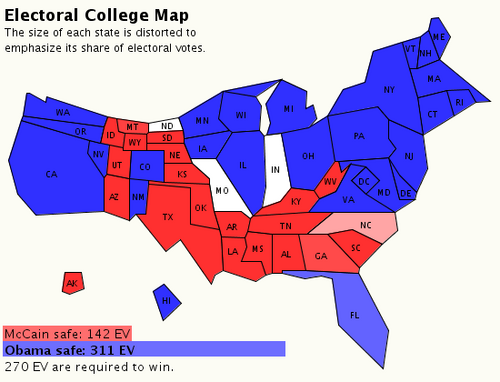Finances:
- Pat Toomey
- Pat Toomey's net worth is $1,770,062 to 4,900,999
- He has 44 assetts totaling $2,020,062 to $5,001,000
- He has 5 incomes totaling $186,807
- Mike McIntyre
- His net worth ranges from From $68,006 to $196,000
- He has four assetts totaling $68,006 to $196,000
Why Does This Matter?
I do agree with the author. I think we do have the right to know our Representatives' income and how they are making their money and what they are doing with it. The author also discussed how they are filed on paper, not electronically. This is an issue that introduces the reliability of the numbers we are seeing. When reported on paper, it takes longer for the paperwork to process and the numbers/amounts may not be fully up-to-date.



